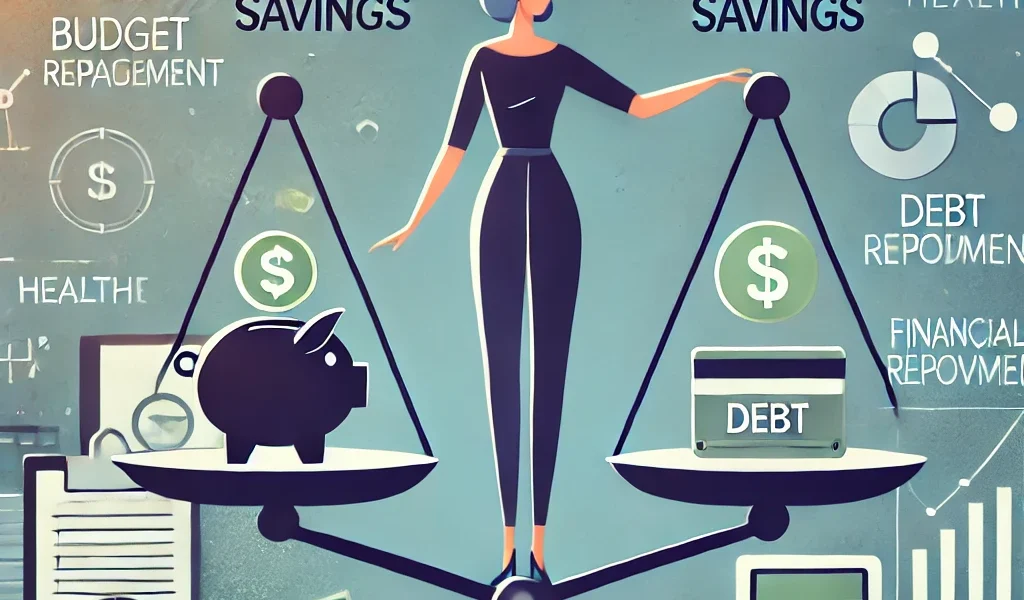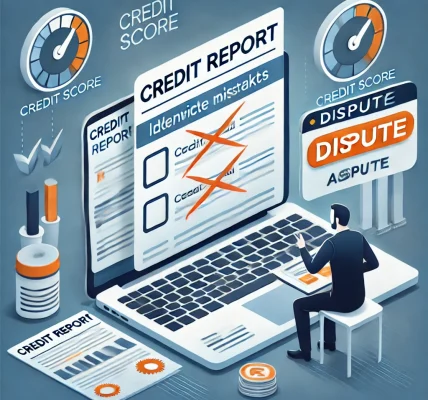Debt can be a double-edged sword. When managed properly, it can help you build assets, improve your credit score, and provide financial flexibility. However, if left unchecked, it can spiral out of control, leading to financial distress and long-term economic struggles.
In this DIY guide, we will explore smart debt management strategies that can help you take control of your finances and improve your financial health. Whether you are dealing with credit card debt, personal loans, or mortgages, these strategies will guide you toward a more secure financial future.
Understanding Debt and Its Impact on Financial Health
Before diving into debt management strategies, it is important to understand the different types of debt and how they affect your financial well-being.
Types of Debt
- Secured Debt – Loans backed by collateral, such as mortgages and auto loans. These typically have lower interest rates due to the reduced risk for lenders.
- Unsecured Debt – Loans that do not require collateral, including credit cards and personal loans. These often come with higher interest rates.
- Revolving Debt – Credit that you can use repeatedly, such as credit cards and lines of credit.
- Installment Debt – Loans with fixed payments, such as student loans and mortgages.
Understanding these distinctions helps in developing a strategic approach to managing debt effectively.
Smart Debt Management Strategies
1. Create a Detailed Budget and Track Expenses
One of the first steps to managing debt is understanding where your money goes. A well-structured budget helps you identify unnecessary expenses and allocate more funds toward paying off debt.
How to Create a Budget:
- List all income sources.
- Categorize expenses into necessities (rent, groceries, utilities) and non-essentials (entertainment, subscriptions).
- Allocate a portion of your income to debt repayment and savings.
- Use budgeting tools or apps to track spending.
2. Prioritize Debt Repayment with the Right Strategy
There are two popular methods to tackle debt efficiently:
Debt Snowball Method
- Pay off the smallest debt first while making minimum payments on others.
- Once the smallest debt is paid off, move to the next smallest.
- This method provides psychological motivation as you see quick wins.
Debt Avalanche Method
- Focus on paying off the debt with the highest interest rate first.
- Make minimum payments on other debts while prioritizing high-interest ones.
- This method saves more money on interest in the long run.
Choose the method that aligns with your financial goals and motivation style.
3. Negotiate Lower Interest Rates and Payment Plans
Many creditors are willing to negotiate better terms if you demonstrate financial hardship or a commitment to paying off debt.
How to Negotiate:
- Contact your creditors and request a lower interest rate or a payment extension.
- Consider transferring high-interest credit card balances to a card with a lower APR.
- Explore debt consolidation loans to combine multiple debts into one with a lower rate.
4. Avoid Minimum Payments and Pay More When Possible
Paying only the minimum on credit cards and loans can keep you in debt for years due to accumulating interest. Always aim to pay more than the minimum required to reduce the principal faster.
5. Build an Emergency Fund to Avoid Future Debt
An emergency fund prevents you from relying on credit cards or loans in case of unexpected expenses.
How to Build an Emergency Fund:
- Start with a small goal, such as $500 or one month’s expenses.
- Save a portion of your income consistently.
- Keep the fund in a separate savings account for easy access.
6. Limit New Debt and Avoid Impulse Spending
To successfully manage your debt, avoid accumulating new debt unnecessarily. Limit credit card usage and focus on living within your means.
Tips to Control Spending:
- Use cash or a debit card instead of credit cards for everyday purchases.
- Implement a 24-hour rule before making non-essential purchases.
- Set spending limits to prevent overspending.
7. Seek Professional Help If Needed
If debt becomes overwhelming, professional help from a credit counselor or financial advisor can provide valuable guidance.
Options for Assistance:
- Credit Counseling Services – Offer budgeting assistance and debt repayment plans.
- Debt Management Plans (DMPs) – Consolidate multiple debts into a single manageable payment.
- Legal Financial Assistance – Consult a legal expert if you face severe financial hardship.
Conclusion
Debt management is a crucial aspect of financial well-being. By implementing these smart strategies—budgeting, prioritizing repayment, negotiating better terms, avoiding new debt, and building an emergency fund—you can take control of your finances and pave the way for a debt-free future.
Remember, debt management requires discipline and consistency. Stay committed to your plan, and over time, you will experience financial freedom and improved financial health. If needed, seek professional advice to ensure that your debt repayment journey aligns with your overall financial goals.




